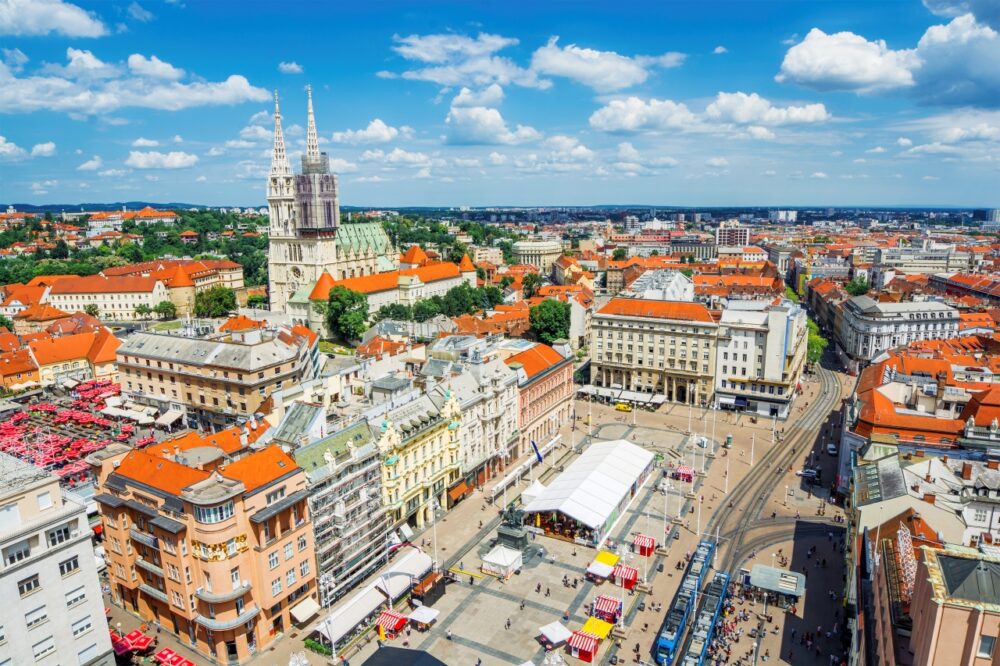
Introduction
Croatia is the kind of country that makes you want to pack your bags, jump on a plane, and explore immediately. From its stunning Adriatic coastline to its charming historic towns and pristine national parks, Croatia offers a bit of everything. Whether you’re looking for a beach getaway, a cultural city break, or an outdoor adventure, this small Balkan gem has you covered. I still remember my first time there—I was blown away by the beauty of the Dalmatian coast, the warmth of the people, and the vibrant blend of ancient history and modern life.
Croatia is perfect for those who crave variety. One day you could be walking through the ancient streets of Split, the next you might be hopping between the islands of Hvar and Korčula, and the day after that, you’re hiking through the turquoise lakes and waterfalls of Plitvice Lakes National Park. And while its popularity has grown in recent years, it’s still possible to find quiet corners that feel untouched by time.
Table of Contents
Reasons You Should Visit Croatia
1. Stunning Adriatic Coastline and Islands
Croatia’s Adriatic coastline is one of the most beautiful in the world, and that’s not an exaggeration. The combination of crystal-clear waters, pebble beaches, and dramatic limestone cliffs is truly breathtaking. Whether you’re lounging on a beach in Zadar or exploring the hidden coves of Hvar, the coast offers endless opportunities to relax and soak up the Mediterranean sun.
I spent a few days island-hopping between Korčula, Hvar, and Vis—and every island has its own unique character. Hvar is lively and glamorous, while Korčula has a quieter, more laid-back vibe. The ferry system makes it easy to get around, and renting a boat for a day gives you the freedom to explore at your own pace. If you’re after a bit of luxury, the Croatian coast has plenty of high-end resorts, but you’ll also find more affordable options and hidden spots that feel like your own private paradise.
2. Rich History and Ancient Cities
Croatia’s cities are a history lover’s dream. The country has been shaped by Romans, Venetians, Byzantines, and more, and you can see this layered history in its architecture and culture. Dubrovnik, for example, is a UNESCO World Heritage site and one of the best-preserved medieval walled cities in the world. Walking along the city’s ancient walls, with panoramic views over the Adriatic Sea, is an experience you won’t forget.
Split is another city where history comes to life. The heart of the city is Diocletian’s Palace, a 4th-century Roman palace that’s still very much alive today, filled with cafés, shops, and even locals living within its walls. I loved spending my evenings wandering through the narrow streets, discovering hidden courtyards and ancient ruins around every corner. Croatia’s cities are like living museums, where the past feels very much a part of the present.
3. Delicious Mediterranean Cuisine
If you love Mediterranean food, Croatia will be a treat for your taste buds. The cuisine is a mouth-watering mix of fresh seafood, grilled meats, and vibrant vegetables, all influenced by Italian, Turkish, and Balkan flavours. One of my favourite meals was in Rovinj, where I had a simple but delicious plate of grilled octopus with olive oil, lemon, and herbs, followed by a rich truffle pasta that felt like a real indulgence.
Croatia’s coastal regions, particularly Dalmatia and Istria, are known for their seafood. I recommend trying brudet, a traditional fish stew, or peka, a slow-cooked dish of meat and vegetables, often prepared under a bell-shaped lid over an open fire. And don’t forget to try the local wine—Croatia produces some excellent whites and reds, especially the Plavac Mali from Pelješac and Pošip from Korčula.
4. National Parks and Outdoor Adventures
Croatia isn’t just about the coast—its inland areas are filled with natural wonders that are perfect for outdoor enthusiasts. The Plitvice Lakes National Park is one of the country’s crown jewels, with its series of interconnected lakes and waterfalls that shift in colour depending on the minerals and sunlight. I spent a day hiking through the park’s trails, stopping at scenic viewpoints to take in the turquoise waters and lush forests.
For a different kind of outdoor adventure, head to Paklenica National Park for some of the best hiking and rock climbing in the Balkans. The Velebit Mountains offer dramatic landscapes and a true sense of wilderness. If you’re looking for something more relaxed, Krka National Park is a great place to take a swim in natural pools surrounded by waterfalls. Croatia’s national parks are not to be missed—they’re a refreshing contrast to the busy coastal towns.
5. Charming Towns and Villages
Beyond the major cities, Croatia is dotted with charming towns and villages that offer a more laid-back, traditional vibe. Rovinj in Istria is one of the prettiest coastal towns I’ve ever visited, with its pastel-coloured houses, narrow streets, and a bell tower that gives you stunning views over the Adriatic. It’s the perfect place to relax with a glass of local wine and watch the fishing boats come in.
Inland, places like Koprivnica and Samobor are great for exploring Croatia’s rural side. You’ll find friendly locals, traditional food, and a slower pace of life. One of my favourite spots was Koprivshtitsa, where you can wander through a town that feels like it’s been frozen in time, with its colourful, well-preserved 19th-century houses. These small towns give you a taste of authentic Croatia away from the tourist crowds.
Best Places to Visit in Croatia
1. Zagreb

Zagreb, Croatia’s capital, is a city that often gets overlooked by travellers heading straight for the coast, but it’s well worth a visit. The city is a mix of Austro-Hungarian elegance and modern cool, with grand squares, leafy parks, and a thriving café culture. I spent a few days exploring the Upper Town, where you’ll find medieval streets, quirky museums, and St. Mark’s Church with its colourful tiled roof.
One of my favourite spots was the Museum of Broken Relationships, a fascinating and often moving collection of objects left behind after breakups. Zagreb is also great for foodies—the city’s Dolac Market is the perfect place to sample local produce, cheeses, and cured meats. For a taste of local nightlife, head to the bars and cafés around Tkalčićeva Street, which come alive in the evenings with a laid-back but lively vibe.
2. Dubrovnik
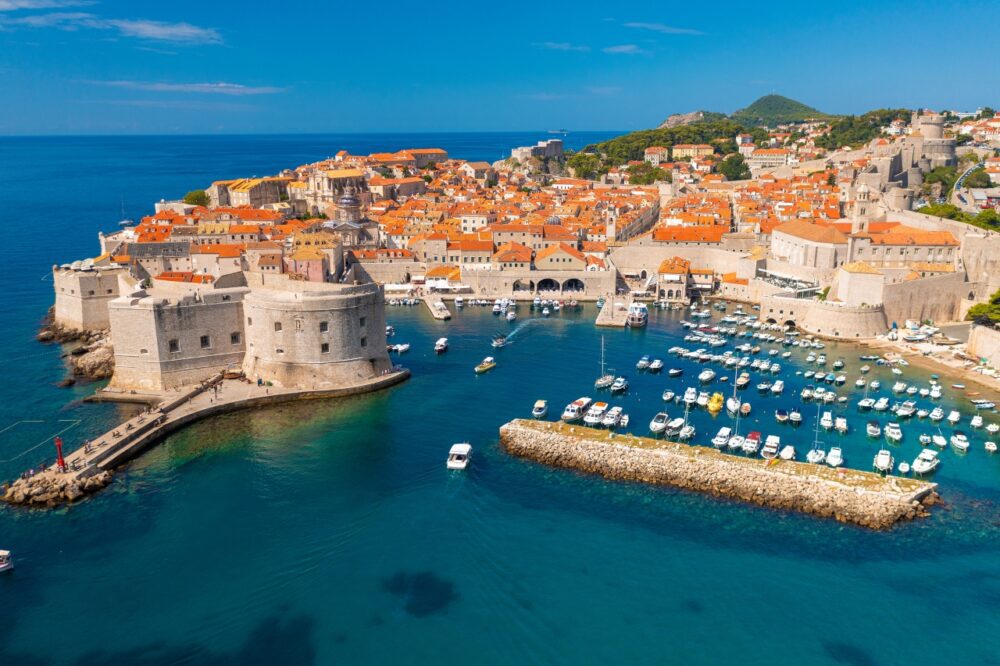
Dubrovnik is one of Croatia’s most famous cities, and for good reason. Its medieval walls, terracotta roofs, and stunning coastal views make it one of the most photogenic places I’ve ever been. The best way to see the city is by walking along the city walls, which offer panoramic views of both the old town and the sparkling Adriatic Sea. If you’re a fan of Game of Thrones, you’ll recognise many of the locations, as the city served as the filming site for King’s Landing.
I recommend visiting Dubrovnik in the early morning or late afternoon to avoid the crowds, especially in summer. The old town can get busy, but there are still plenty of quiet corners to discover. For a break from the city, take the cable car up to Mount Srđ for a bird’s-eye view of Dubrovnik and the surrounding islands. And don’t miss a swim at Banje Beach, located just a short walk from the city walls.
3. Split
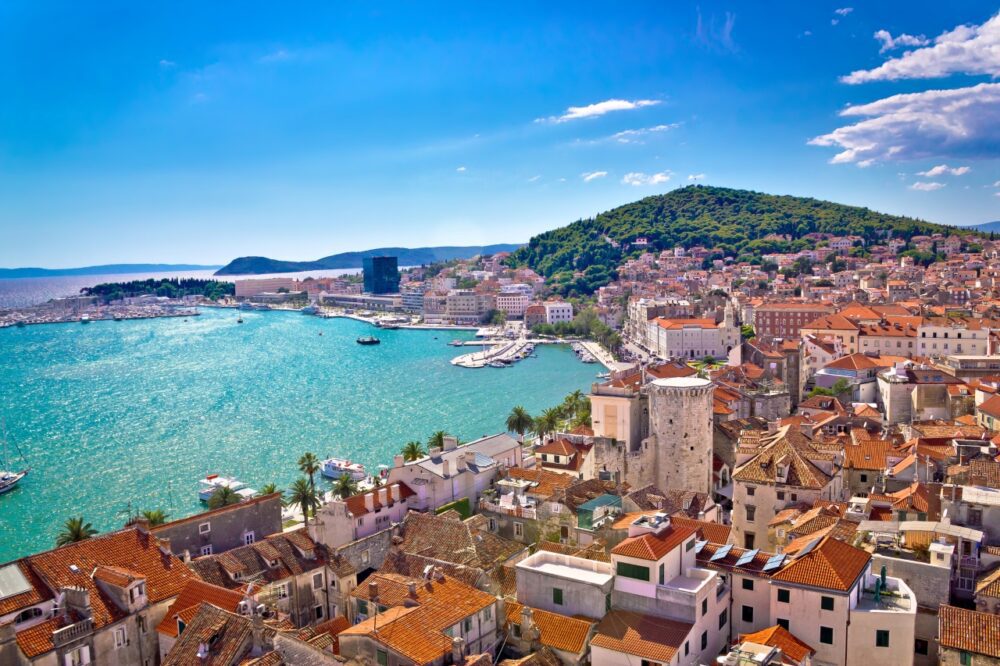
Split is a city where ancient history and modern life blend seamlessly. At the heart of the city is Diocletian’s Palace, a sprawling Roman complex that’s still very much alive today. Within its walls, you’ll find bustling markets, cafés, and even people’s homes, making it one of the most unique places to explore. I loved wandering through the narrow streets and stumbling upon ancient ruins around every corner.
In addition to its history, Split is a gateway to some of Croatia’s best islands. From here, you can easily catch a ferry to Hvar, Vis, or Korčula for a day of island hopping. If you’re looking for a great day trip, head to Marjan Hill for hiking trails and panoramic views over the city and sea. And after a day of exploring, nothing beats sitting by the waterfront on the Riva promenade, watching the sunset with a glass of Croatian wine.
4. Hvar
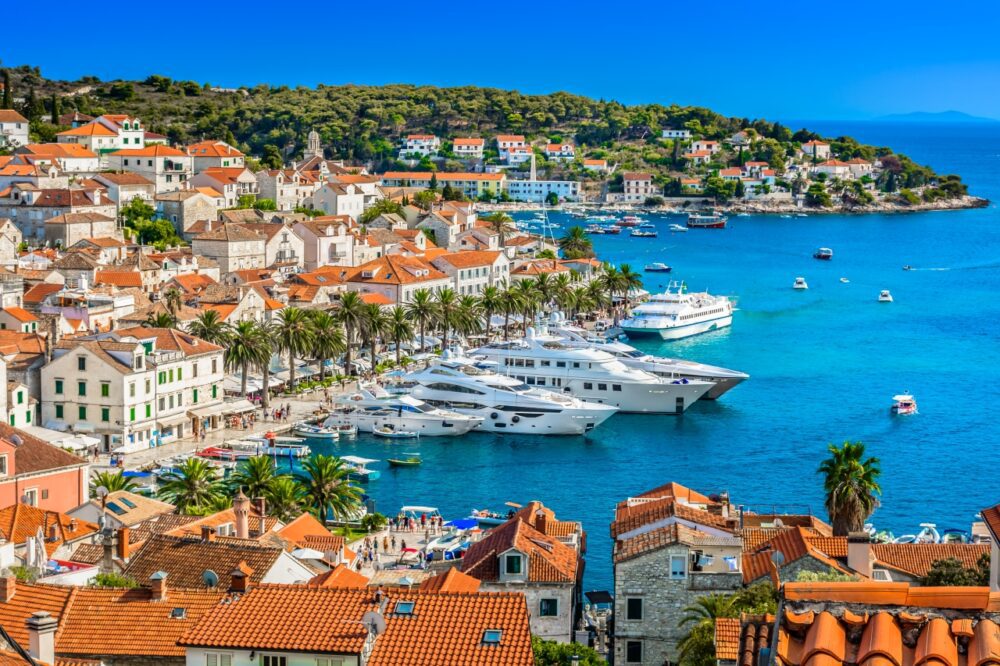
Hvar is Croatia’s party island, known for its vibrant nightlife, stunning beaches, and glamorous vibe. But there’s more to Hvar than just parties. The island is home to some beautiful historic sites, including Hvar Town’s Cathedral and the Fortica Fortress, which offers incredible views over the town and surrounding islands. I spent an afternoon wandering through the town’s winding streets before heading to the beach for a swim in the crystal-clear waters.
If you’re looking to escape the crowds, take a boat to the nearby Pakleni Islands, a series of small, uninhabited islands just off the coast of Hvar. It’s a great place to find a secluded beach and spend the day swimming, snorkelling, or simply relaxing in the sun. Hvar is the perfect combination of culture, relaxation, and a little bit of luxury.
5. Zadar
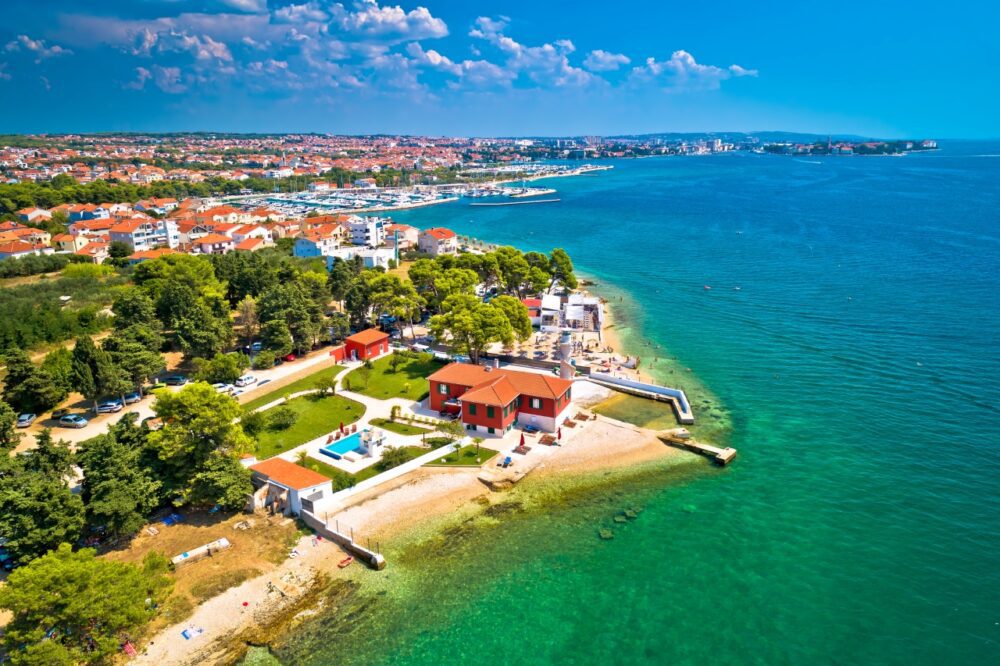
Zadar may not be as well-known as Dubrovnik or Split, but it’s one of Croatia’s most interesting cities. It has a rich history, with Roman ruins, medieval churches, and a beautiful old town that’s perfect for exploring on foot. One of the highlights of my visit was the Sea Organ, an incredible piece of art that turns the movement of the waves into music. It’s a unique experience to sit by the water, listening to the sea play its natural symphony.
Zadar also has a more modern side, with great restaurants, bars, and cafés. The Greeting to the Sun, a solar-powered art installation that lights up in the evenings, is another must-see. If you’re a fan of sunsets, Zadar is said to have some of the best in the world—watching the sun dip below the horizon from the waterfront is an experience you won’t forget.
6. Rovinj
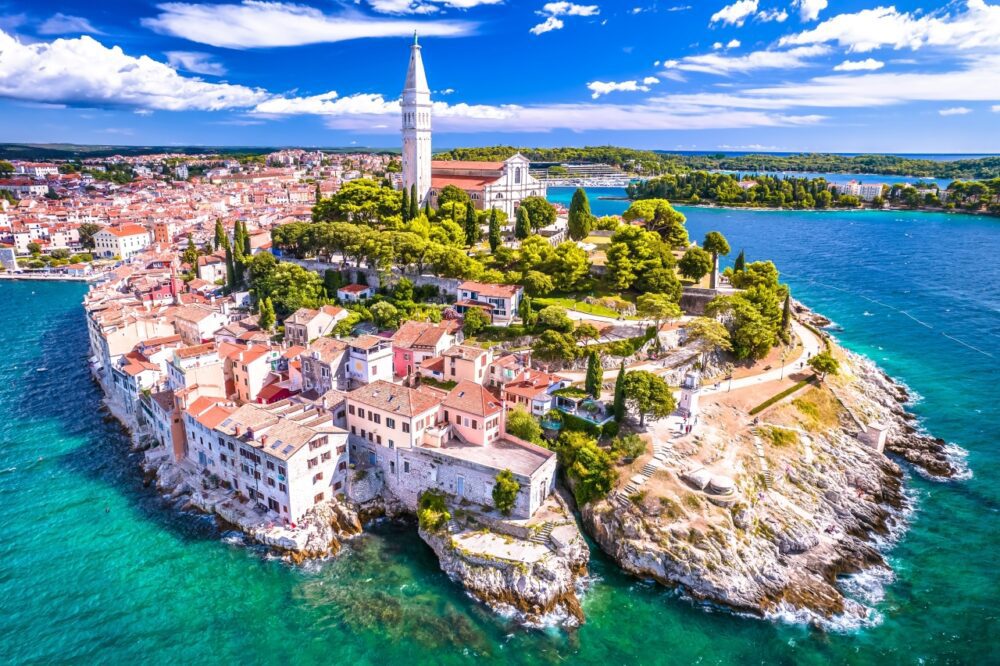
Rovinj is one of the most picturesque towns on the Istrian peninsula, with its narrow streets, colourful buildings, and a bell tower that dominates the skyline. The old town is a maze of cobblestone streets and hidden alleys, perfect for getting lost in. One of the highlights of my trip was climbing the Church of St. Euphemia’s bell tower for panoramic views of the town and the Adriatic Sea.
Rovinj is also a great base for exploring the Istrian countryside, known for its vineyards, olive groves, and truffle-rich forests. I took a day trip to the nearby town of Motovun, where I joined a truffle-hunting tour—it was a fun and unique way to experience the region’s culinary traditions. Whether you’re into food, history, or just relaxing by the sea, Rovinj has something for everyone.
7. Rijeka
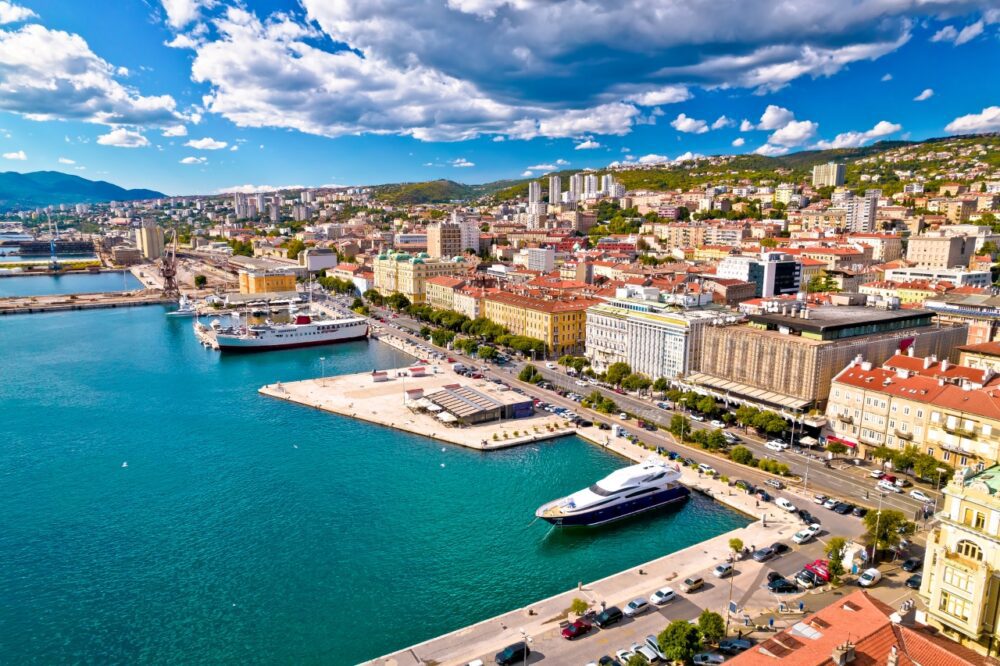
As Croatia’s third-largest city and busiest port, Rijeka is often overlooked by tourists, but it has plenty to offer. The city has a fascinating history, and its mix of architectural styles—from grand Habsburg buildings to communist-era blocks—gives it a unique charm. I started my visit at Trsat Castle, a medieval fortress that offers great views over the city and Kvarner Bay.
Rijeka is also home to some excellent museums, including the Maritime and History Museum, which gives a great overview of the city’s seafaring past. The nearby islands of Cres and Krk are easy to reach by ferry and make for a perfect day trip if you’re looking for beautiful beaches and quiet towns.
8. Pula
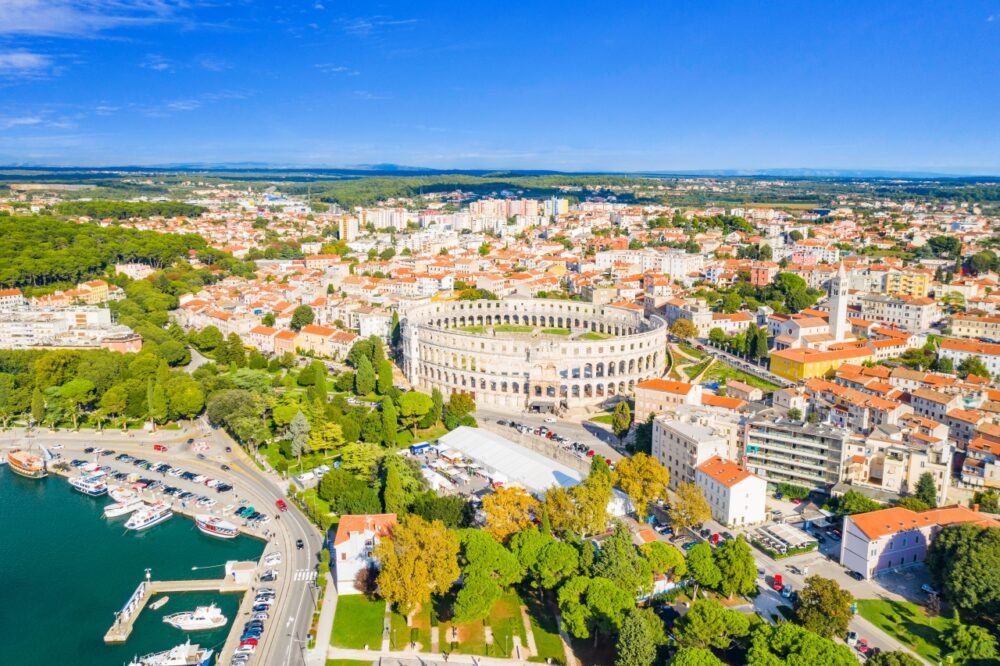
Pula is known for its impressive Roman ruins, including the well-preserved Pula Arena, one of the largest Roman amphitheatres in the world. Walking through the arena, you can almost imagine the gladiators battling it out in front of a roaring crowd. The city also has a lovely old town, where you’ll find more Roman ruins, as well as charming squares and narrow streets lined with cafés and shops.
I particularly enjoyed visiting Brijuni National Park, a group of islands just off the coast of Pula. The islands are home to a former presidential summer residence, as well as beautiful landscapes and wildlife. Whether you’re into history or nature, Pula has a great mix of both, and it’s one of the highlights of the Istrian peninsula.
9. Korčula

Often referred to as “Little Dubrovnik” due to its medieval architecture, Korčula is one of Croatia’s most charming islands. The old town is a delight to explore, with its narrow streets, stone houses, and a cathedral that offers panoramic views from the bell tower. Korčula is also known for its wine—don’t miss the chance to visit a local vineyard and try the island’s signature white wine, Pošip.
One of my favourite experiences on Korčula was renting a bike and cycling through the island’s vineyards and olive groves. It’s a great way to see the island and experience its natural beauty. If you’re a fan of traditional culture, check out a Moreska performance, a sword dance that has been performed on the island for centuries.
10. Plitvice Lakes National Park
Plitvice Lakes National Park is one of the most beautiful natural wonders in Europe. The park is famous for its series of cascading lakes, connected by waterfalls and surrounded by lush forests. I spent a day hiking through the park’s trails, which wind around the lakes and offer stunning views of the turquoise waters.
The best way to experience the park is to follow the wooden boardwalks that take you up close to the waterfalls and lakes. If you’re visiting in the summer, it’s a good idea to arrive early to avoid the crowds, as the park is one of Croatia’s most popular tourist attractions. Plitvice is a must-visit for nature lovers and a perfect break from the coast’s busier cities.
Travel Tips for Croatia
Getting Around Croatia
Croatia has an excellent public transport network, especially along its coastline. Buses are the most reliable and frequent way to travel between cities like Dubrovnik, Split, and Zagreb. Ferries are essential if you’re heading to the islands, with regular services connecting places like Hvar, Korčula, and Brač. Renting a car is ideal for exploring more rural areas or the stunning national parks, but parking in cities can be tricky and expensive, so it’s best to avoid driving in old town centres.
Best Time to Visit Croatia
The best time to visit Croatia depends on what you want to experience. Summer (June to August) is perfect for beach holidays along the Adriatic coast, though it can be crowded in hotspots like Dubrovnik and Hvar. Spring (April to June) and autumn (September to October) offer mild weather and fewer tourists, making them ideal for exploring Plitvice Lakes, Istria, or the Dalmatian coast. Winter is quiet, with fewer crowds and cheaper prices, but some coastal resorts close down.
Passport and Visa Requirements for Croatia
Croatia is part of the EU and joined the Schengen Area in 2023, meaning EU/EEA citizens can enter with just an ID card. Visitors from countries like the US, UK, Canada, and Australia can stay visa-free for up to 90 days. Make sure your passport is valid for at least three months beyond your stay. If you plan to visit neighbouring countries, be sure to check their visa requirements before travelling.
Currency and Banks in Croatia
Croatia switched to the Euro (EUR) in 2023, making it easy for travellers from other Eurozone countries. Credit and debit cards are widely accepted in cities and tourist areas, but smaller towns or markets may prefer cash. ATMs are common, but it’s a good idea to carry some euros, especially when heading to islands or rural areas. Exchange rates at banks and ATMs are usually better than at airport kiosks or tourist exchange offices.
Language and Useful Phrases to Know
The official language in Croatia is Croatian, though English is widely spoken in tourist areas, especially among younger people. Still, learning a few Croatian phrases is always appreciated. Try “Dobar dan” (good day), “Hvala” (thank you), and “Molim” (please) to make a good impression. In more remote areas, knowing basic Croatian can help with practical things like ordering food or asking for directions.
Budgeting and Costs for Croatia
Croatia is more affordable than many Western European countries, but prices can vary depending on the season and location. Dubrovnik and Split are more expensive during peak summer, but you can save money by eating in local taverns and staying in apartments or guesthouses. Public transport and ferries are affordable, and entrance fees to national parks like Plitvice Lakes are reasonable. To stretch your budget, visit in the shoulder season (spring or autumn) when accommodation and flights are cheaper.
Conclusion
Croatia is a country that offers an incredible range of experiences, from historic cities and beautiful beaches to stunning national parks and charming villages. Whether you’re wandering through the medieval streets of Dubrovnik, island-hopping along the coast, or hiking through the waterfalls of Plitvice, you’ll find that Croatia has a unique blend of history, culture, and natural beauty.
What I love most about Croatia is how it manages to feel both ancient and vibrant at the same time. The country’s rich history is present in every city, yet there’s a fresh, modern energy that makes it exciting to explore. And with its warm climate, welcoming people, and delicious food, it’s a place that draws you in and keeps you coming back for more. So, if you’re looking for a destination that has it all, Croatia should be at the top of your list.
